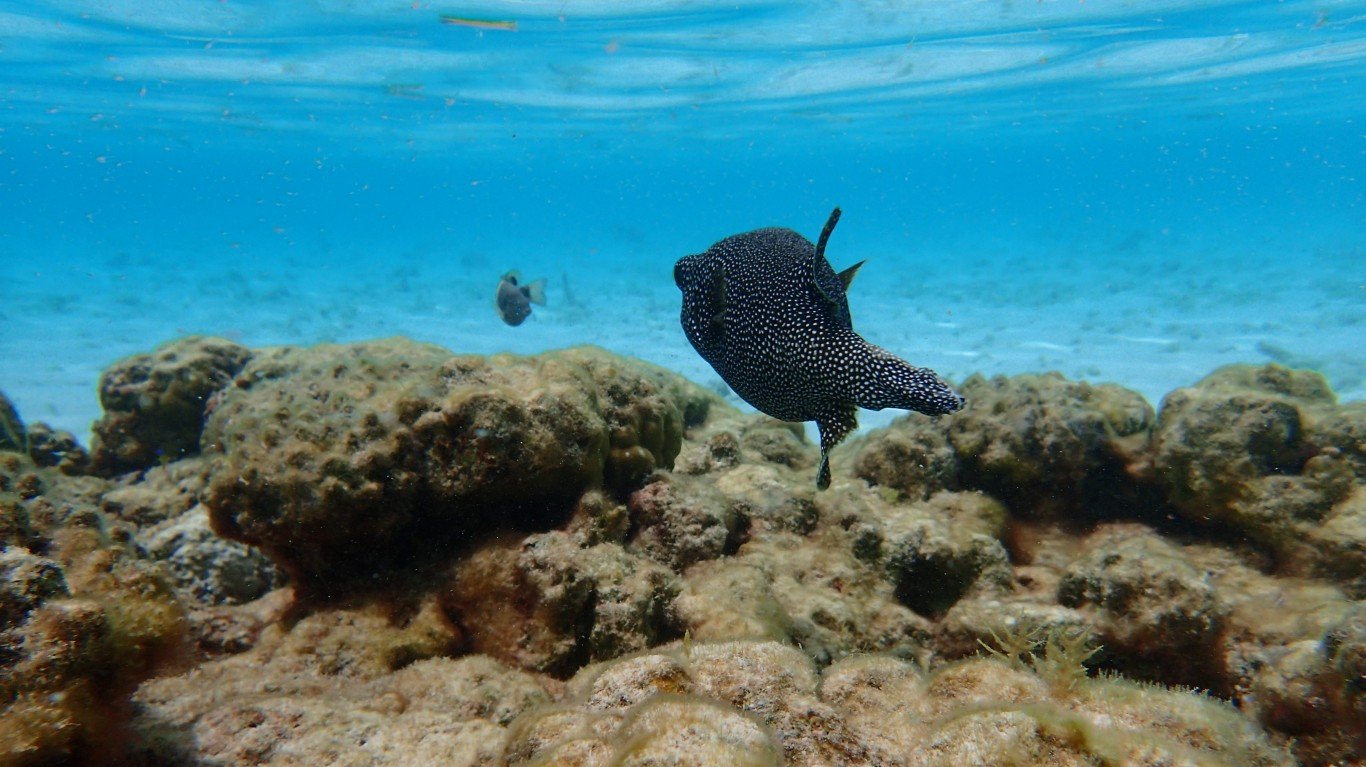Maldives
> Location: Indian Ocean
Maldives is an archipelago of coral atolls, some of which support a tourist economy. Rising seas are threatening the tourist industry, but also the reefs that support the nation’s critical fisheries. Of even greater concern is the threat of catastrophic inundation since 80% of the islands’ surface area is 1 meter or less above sea level. Already, beaches are eroding rapidly and fresh groundwater reserves have been all but destroyed by salt water intrusion.
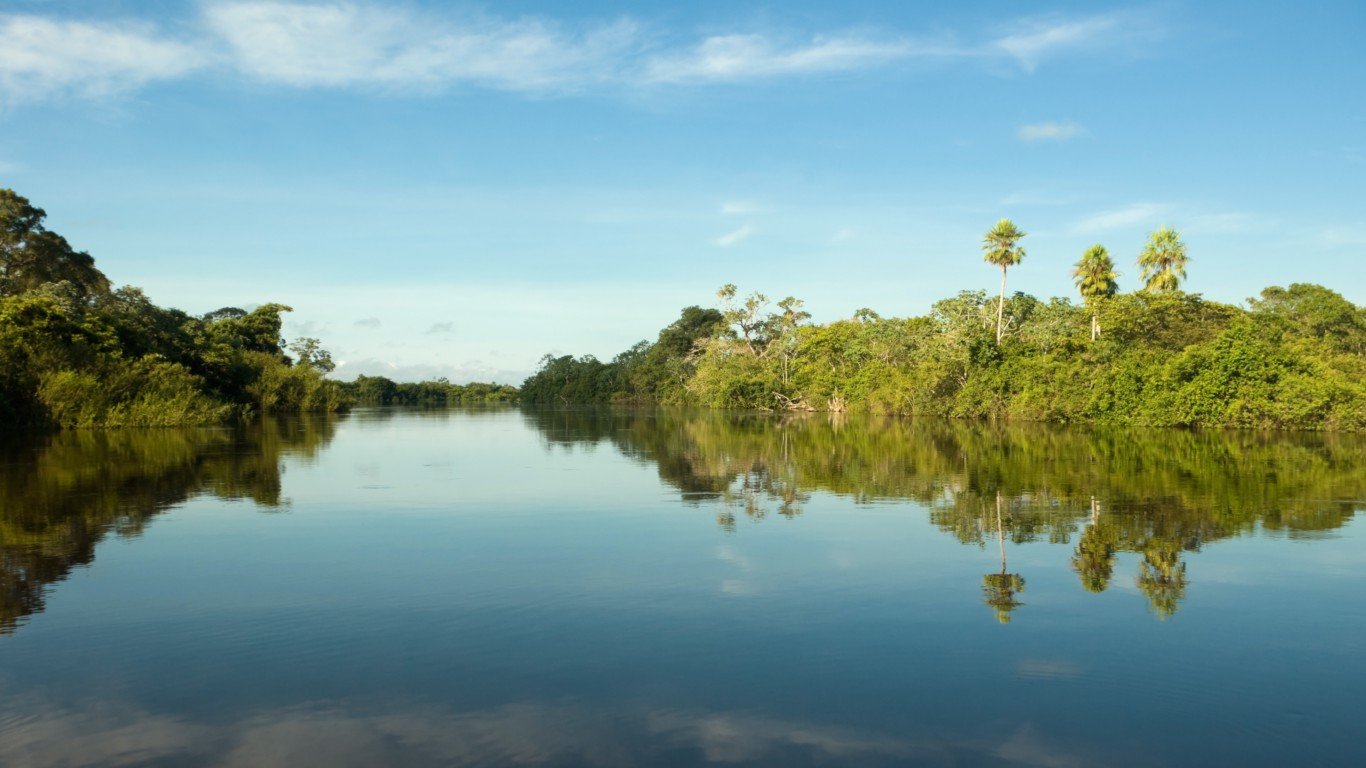
Pantanal Wetland
> Location: Brazil, Bolivia, Paraguay
Located primarily in Brazil and sprawling into Bolivia and Ecuador, the Pantanal is the world’s largest inland wetland, and one of the most biodiverse places on Earth. The health of the ecosystem depends on fires started by lightning strikes and by land clearing, but in recent years fires have become a growing threat to the very survival of the wetland and its creatures. Increasing heat and drought have made fires ever more intense and destructive, with 2020 fires destroying 22% of Brazil’s share of the Pantanal.
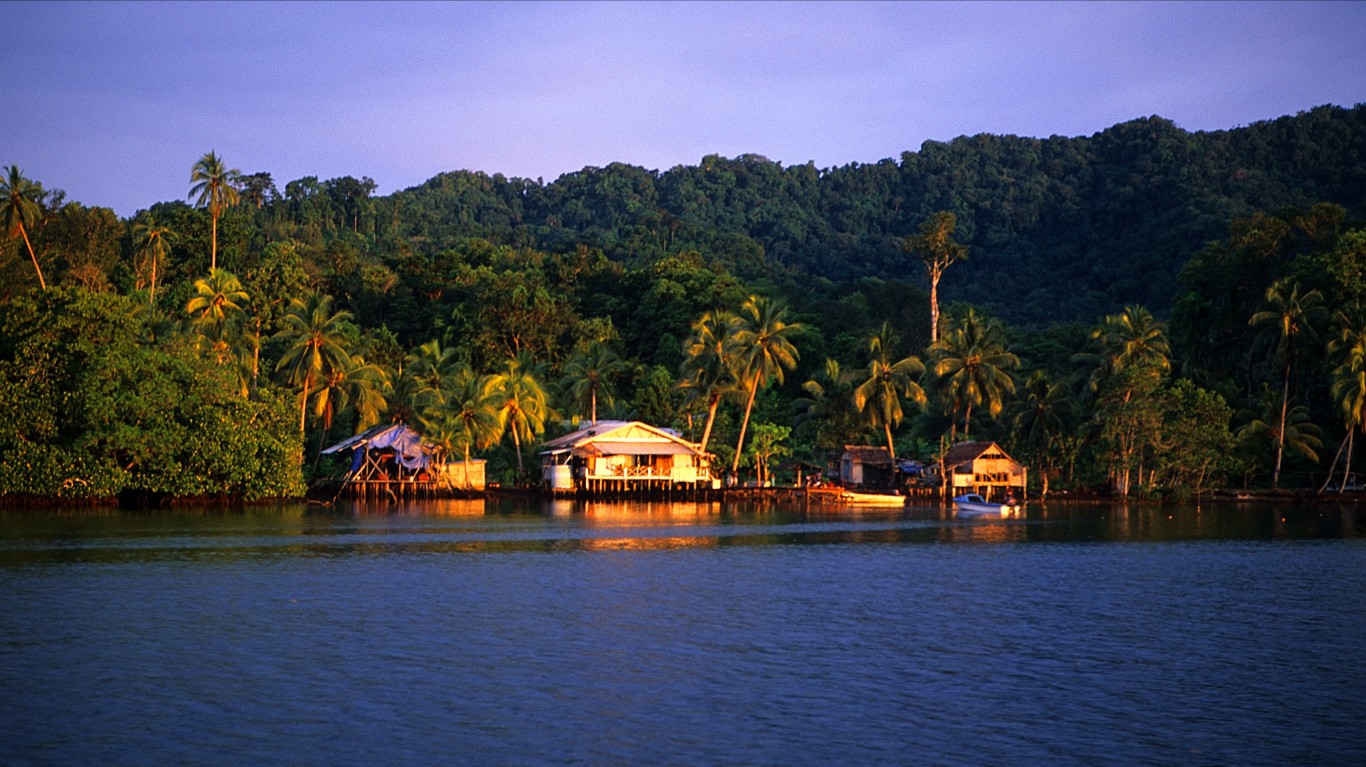
Solomon Islands
> Location: Solomon Islands
The Solomon Islands are a remote Pacific archipelago, and historically one of the most impoverished nations in the world. It is beset by ever more disastrous cyclones, storm surges, drought, and torrential rains, which have in turn led to a loss of land and fresh water, even as sea level rise threatens to submerge low lying islands in the coming decades. Today, these climate change impacts and resulting population displacement are causing extreme socioeconomic and political turmoil.
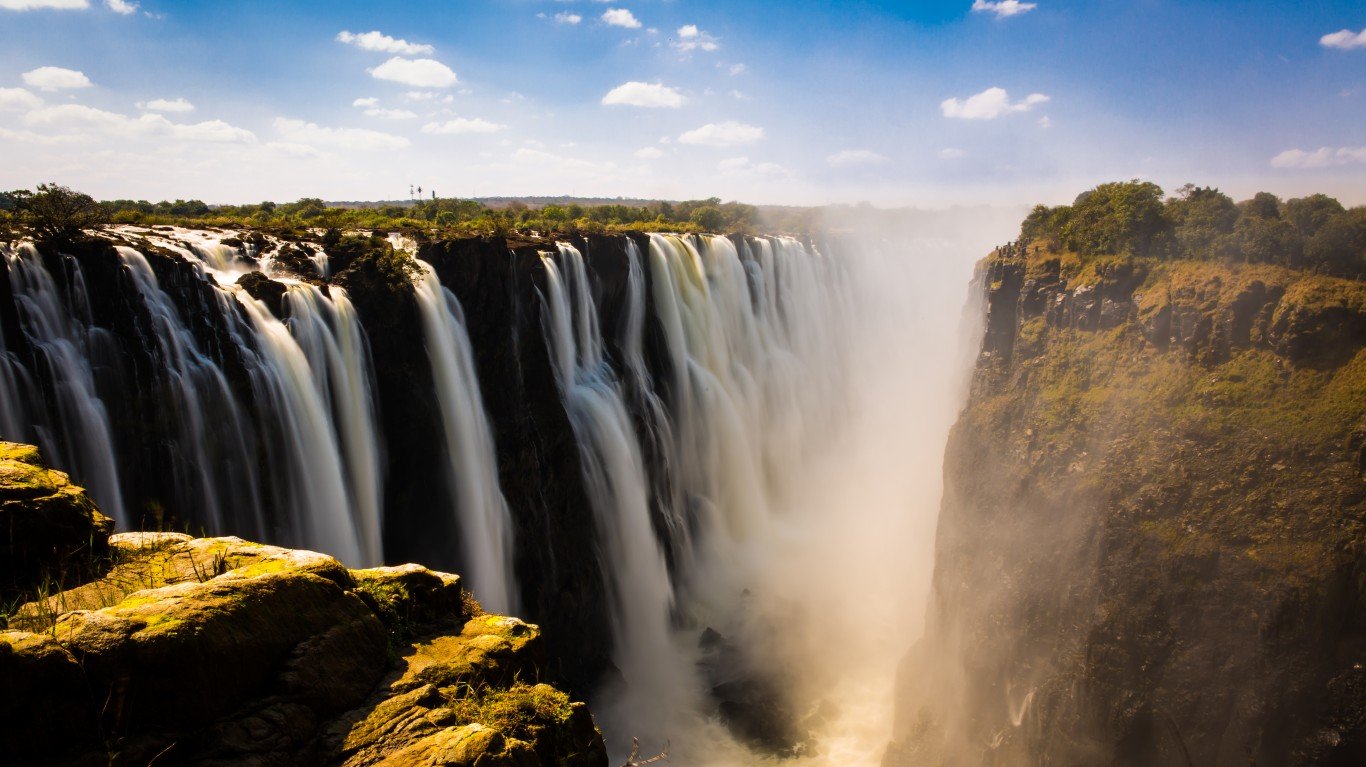
Victoria Falls
> Location: Zambia and Zimbabwe
Nearly a kilometer in length along the border between Zambia and Zimbabwe, the magnificent Victoria Falls has been one of Africa’s most perennially popular tourist attractions. Given the region’s dramatic shifts between dry seasons and the monsoon rains, it is not unusual for the falls to lose some of its flow during parts of the year, but in 2019, following a major drought, the magnificent Victoria Falls was reduced to a trickle. While one event does not define a trend, some see the extreme drought as likely attributable to climate change.
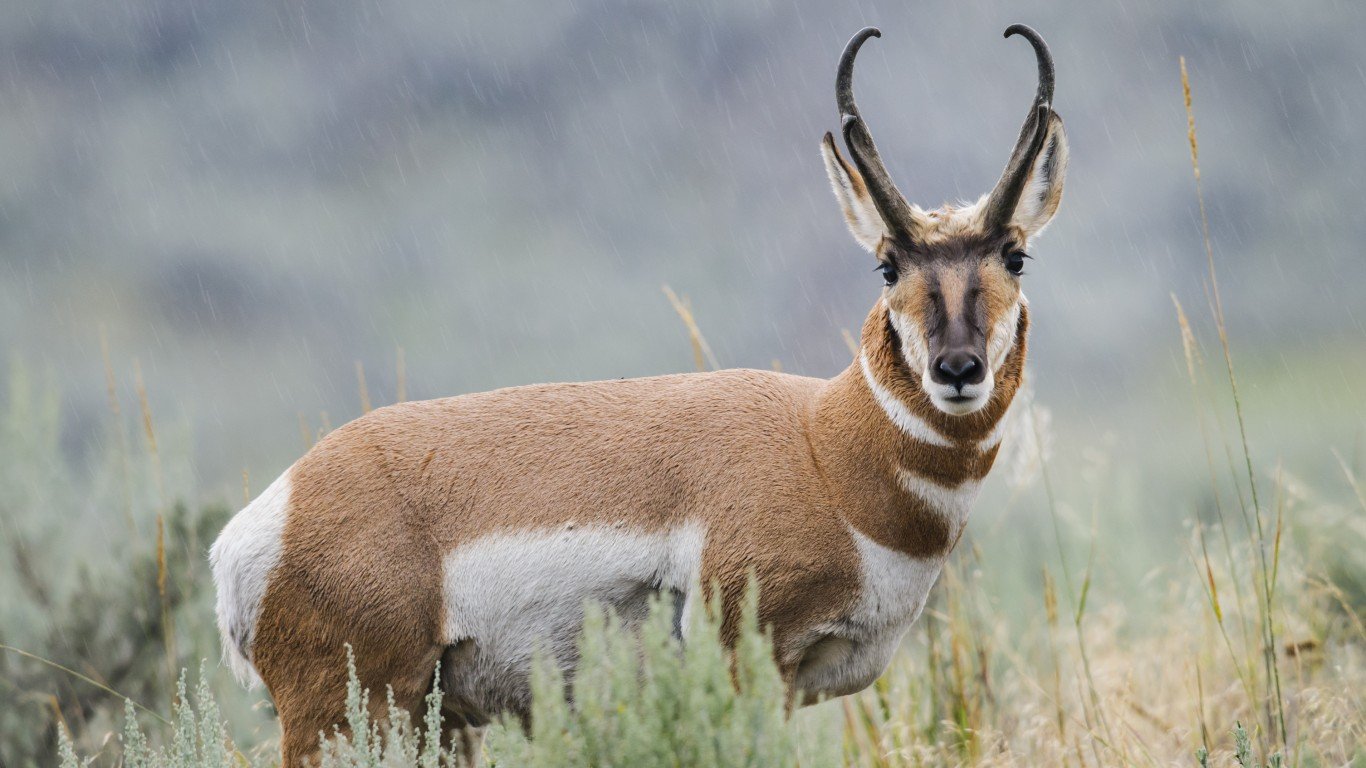
Yellowstone National Park
> Location: Montana, Wyoming, Idaho, US
Since 1950, temperatures in Yellowstone have risen by 2.3 degrees Fahrenheit. Spring starts earlier, and fall lasts longer, and what might have been snow events in the spring and fall are now rain events, causing the annual snowpack to decrease by 2 feet. The drier park makes it more susceptible to wildfires, a fact that was dramatically demonstrated when, in 1988, wildfires damaged 800,000 acres of the park in the wake of a severe drought.
